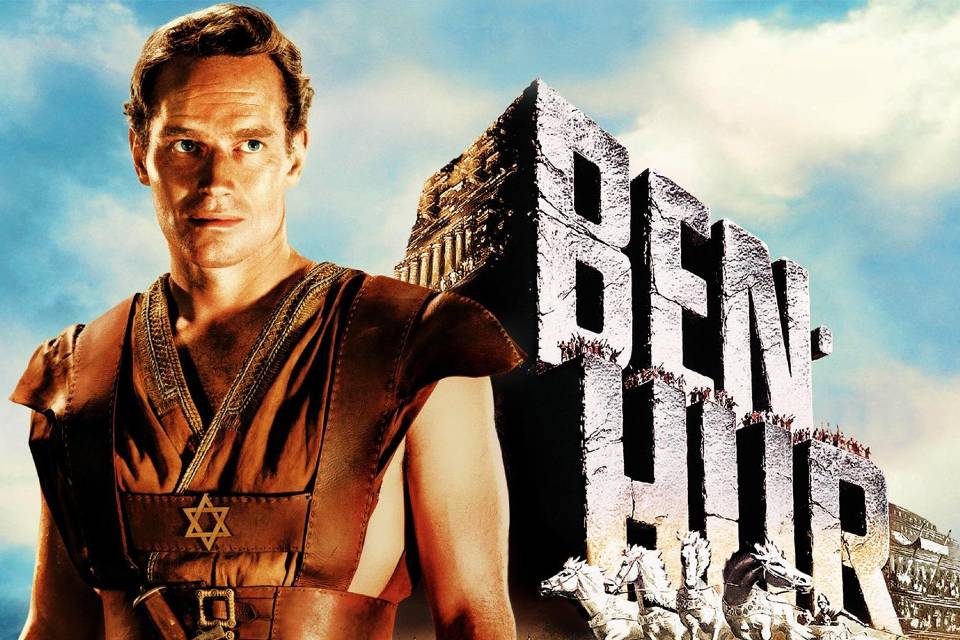
Holy Week Films based on Novels
During Holy Week, most TV stations, YouTube, Netflix, etc. show religious films. My favorite films during Holy Week are: first, “Quo Vadis” a 1951 MGM movie starring Robert Taylor as Marcus Vinicius, Deborrah Kerr as Christian slave, Lygia and Peter Ustinor as Emperor Nero. The love story of Marcus and Lygia ends with conversion of Marcus into Christianity. It was the background of a historical event; Nero burned Rome so he can be inspired to write a memorable poem. The traditional event is that St. Peter allegedly left Rome when Christians were being arrested. Along Appian Way, he met Jesus slowly, agonizingly carrying a cross going to Rome so he asked, “Quo Vadis Domini?” meaning “where are you going Lord?”. Jesus answered “I am going to Rome to do your job”. St. Peter realized his mistake, returned to Rome where he was caught evangelizing and crucified upside down. The dialogues in the chapters dealing with faith, hope, conversion are worthwhile readings. This was written by Poland’s greatest novelist, Henryk Sienkieuez in 1896.
The second movie is Ben-Hur which was written by American Lew Wallace in 1880. It was filmed 3 times: the first time was in the 1920s, silent, Black & White Film with America’s no. 1 movie actor that time, Ramon Navarro as Villain Messalla. The second time was in 1959 from an MGM Film with Charlton Heston as Judah Ben-Hur and Stephen Boyd as Mesalla and the third was a 2016 cheapie film with unknown cast.
The story focused on these points:
- The love story of Ben-Hur and Esther
- The false charges against Ben-Hur and the breakup of Ben Hur’s family.
- The encounter with Jesus which changed Ben-Hur’s plans of revenge and his conversion.
- The epic chariot race between Ben-Hur and Messalla.
- The chapters where Ben-Hur found his mother and sisters and became Christ’s follower are moving episodes.
The third movie is The Robe written by Lloyd Douglas in 1942 became a 1953 20th Century Fox Film with Richard Burton as Roman Centurion Marcellus Gallios and Victor Mature as slave Demetrius. The usual love angle featured Jean Simmons. The turning point of the novel was when slave Demetrius heard the plot of Marcellus and Roman officials to kill Jesus. He met a troubled man whom he knew was an apostle and asked him to warn Jesus about the plot. The apostle was Judas Iscariot. Marcellus in charge of the crucifixion gambled with other soldiers while waiting for the execution to be finished. In a dice game, he won the robe worn by Jesus. It’s better to read the part of the book where possession of the robe changed from one person to another and the impact, effect it had on the lives of the possessors. There are deep impressions dealing with faith, hope, love, and charity related to the robe.
The fourth movie is The Shoes of the Fisherman by Morris West was made into an MGM movie in 1968.
The fifth and last movie is The Left hand of God was written by William Barrett in 1950 and became a 20th century film starring Humphrey Bogart as a fake priest during China’s Civil war in 1947. This is the lightest reading of the 5 novels. Which were all best sellers. The approach to religion, humility, compassion, love is very different from the first four books. I saw Quo Vadis, Ben-Hur and The Shoes of the Fisherman at Ideal Theater, the Robe and Left Hand of God at Lyric Theater.
Read my review about this movie in the March 27-April 2 issue of the Davao Catholic Herald.


No Comments